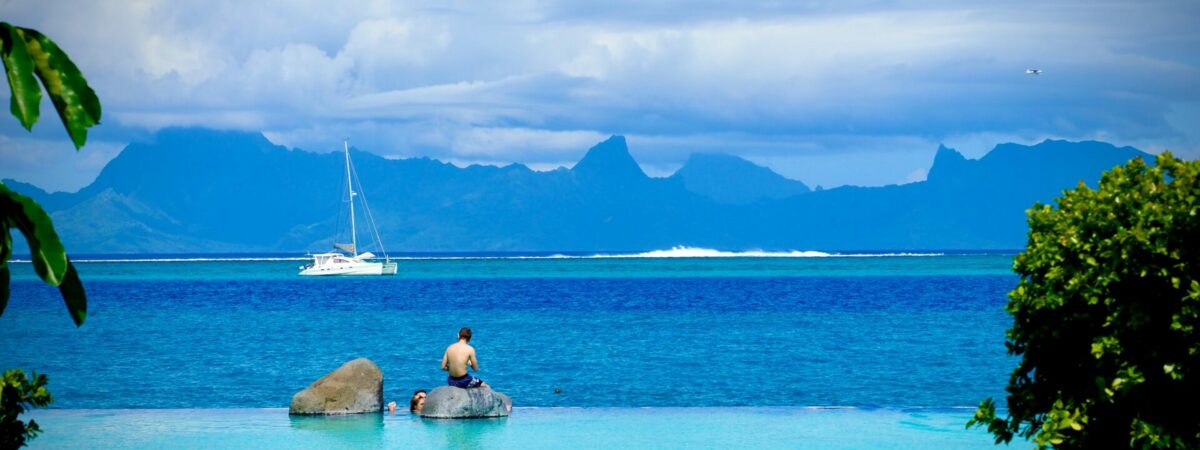As the main island in French Polynesia, Tahiti is home to more than half the population and the capital city. It has a gritty, urban edge that visitors may not expect.
This is the heart of French Polynesia, where cargo ships and hotels exist comfortably alongside athletes rowing their va’a (outrigger canoes) and street stalls selling tropical hei upo’o (flower crowns). But it also has an incredible natural environment with striking black sand beaches, lush valleys brimming with waterfalls, and a vibrant traditional culture. Take a look around with local expert Tiare Tuuhia.
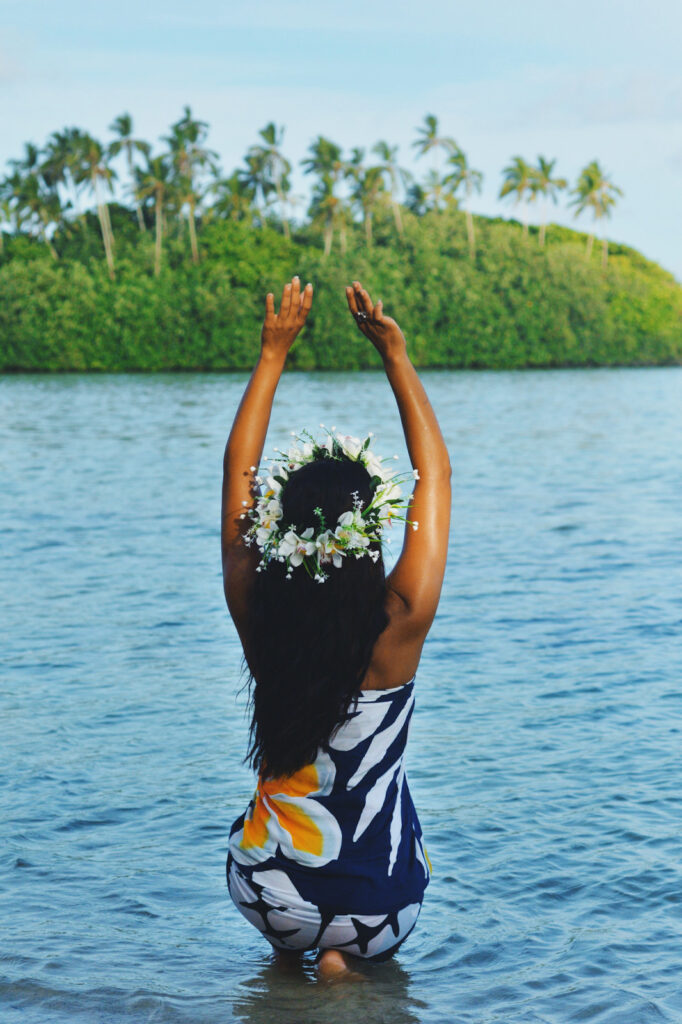
Upon Arrival
After a visitor arrives on the island, I always recommend going straight to the beach because it’s the best way to wind down and relax after a long flight. Swimming in the ocean is also a guaranteed mood booster, and Tahitians love to spend time at the beach surfing, chilling, and hanging out with friends and family.
The best time to be here is in July. That’s when the island comes alive for the Heiva I Tahiti festival, where thousands of islanders come together to celebrate traditional culture through dance, song, sports, and more. At no other time is the special mana, or spirit, of the islands more palpable than during the Heiva.
I tell first-time travelers to travel light. In Tahiti, you’ll probably be living in a swimsuit, pareo (sarong), and flip-flops anyway! I also tell them to avoid drinking tap water here. Stay on the safe side and stick to bottled or filtered water.
People from here know better than to go hiking in sneakers or sports shoes. Instead, they would rather wear plastic sandals and socks — it makes much more sense here as during hikes you’ll frequently cross rivers or walk on the reef and your shoes will become soaking wet.
The best museum to start your journey and get a good sense of the island is the Museum of Tahiti and the Islands because it’s the only museum in the country that looks at the history and culture of French Polynesia.
Parents should take their kids toPapenoo Valley because it’s an incredible natural playground: Think waterfalls, lush rainforest, waterholes to swim in, and mountain views. It’s an adventure waiting to happen — whether your kids like hiking, swimming, mountain biking, or cultural tours, there’s something for everyone.
Food from the Heart
Among the food (or dishes) my city is most proud of, poisson cru is an absolute must. I like to go to Papeete Municipal Market on Sunday morning to get a traditional food feast and really enjoy it.
When we get together to celebrate, the locally made Hinano beer is what people here traditionally drink. I don’t drink alcohol, but I love fresh coconut water; it’s delicious. I like to gather my friends and go to someone’s house or go to Baroof or Les 3 Brasseurs in Papeete for a round.
When I eat completely local, I will go to one of the “roulottes” or food trucks along the main road. I know the food here is local, served in huge portions, and delicious.
Two classic, iconic restaurants include Hei Restaurant and the Meherio Bistro in Papeete.
The part of town where locals come for traditional food is the Papeete Central Market on Sunday morning. This is the best time to get local food cooked in a traditional underground oven or ahima’a such as chicken in coconut milk and young taro leaves, breadfruit, taro, and po’e (a sweet dish often made with banana or papaya and served with fresh coconut milk).
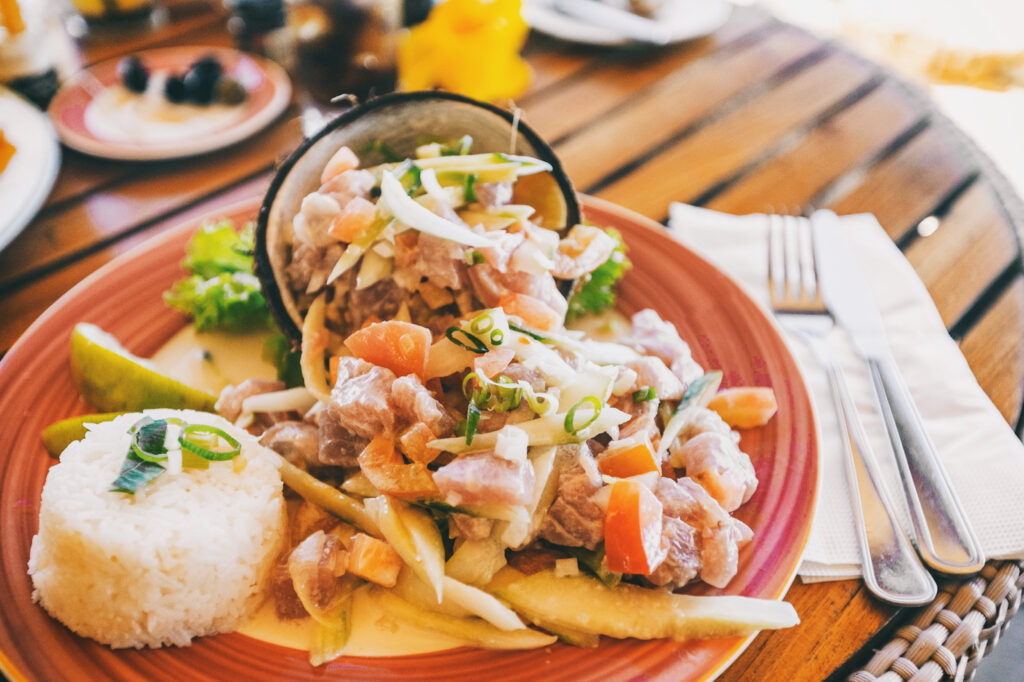
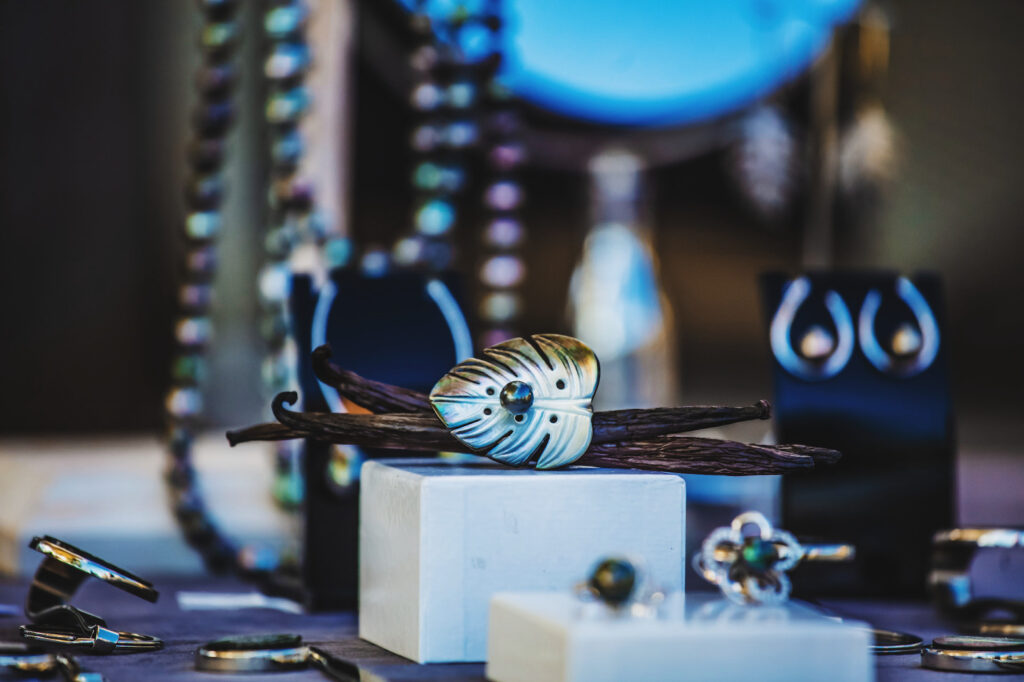
Shopping Locally
Tahiti is known for making black pearl jewelry, tifaifai (handmade traditional quilts), and handwoven hats, bags, and baskets.
The best outdoor food market in Tahiti is the Papeete Municipal Market. And the place to buy everyday items like toiletries or household goods is Carrefour, a huge French supermarket with four locations around the island.
I always take visitors to the Papeete Municipal Market to buy real, local souvenirs. The products are authentic and handmade, and the vibe is relaxed. Many artisans from different islands in French Polynesia have stalls here to show off their wares. And we know to avoid big chain stores because they sell mostly imported goods and hotels because their boutiques are usually overpriced.
Getting Deeper Into Tahiti
A great book to learn more about Tahiti is “Frangipani” by Celestine Vitiura Vaite. Although it’s a novel, it offers a rare and entertaining glimpse into Tahitian culture and family life that not many tourists get to see.
Most people know about Papeete because it’s the capital city, but the Fenua Aihere should also be visited because it’s past the end of the road. Tahiti’s sparsely inhabited wild coast is full of secret caves, waterfalls, snorkeling, cliff-jumping, and tropical rainforest … Need I say more?
Tahiti is a place people are attracted to because of tropical landscapes, sunshine and friendly people.
To really celebrate Tahiti at its best, come during the dry season because you’ll have the best weather — and your plans won’t be ruined by torrential rain!
Most people think of Tahiti as a place to do a quick stopover on the way to Bora Bora, but really this is a destination to discover the vibrant Polynesian culture, people, and food.
This is one of the best places in the world to experience French Polynesian culture. Although there are 118 islands in French Polynesia, Tahiti is the main island and home to more than 70 percent of the population. As such, it is a vibrant melting pot of all the unique cultures in the region. Tahiti is the only island in the world where you can watch a dance show featuring a haka from the remote Marquesas archipelago, buy a handwoven hat from the Austral islands, and eat fresh fish from the Tuamotu atolls all in one day. Locals are proud of that because they fiercely protect their cultural heritage and identity.
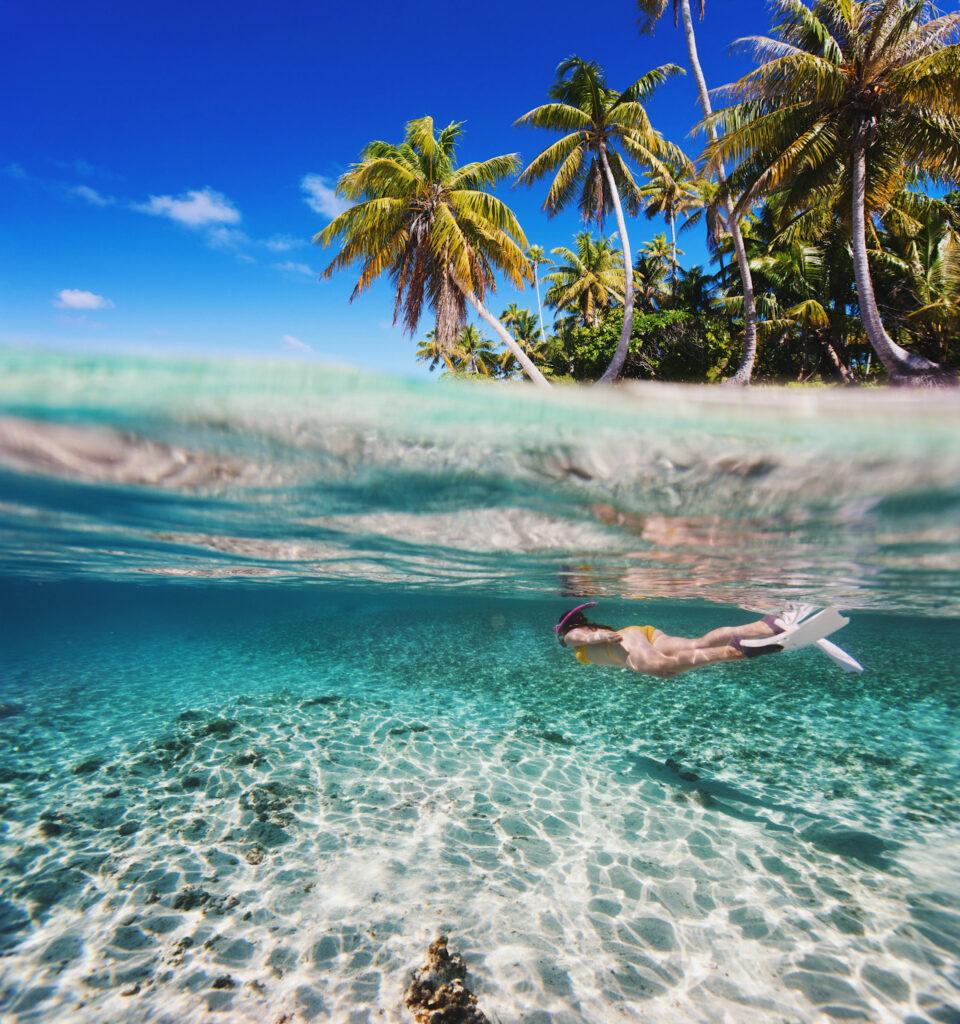
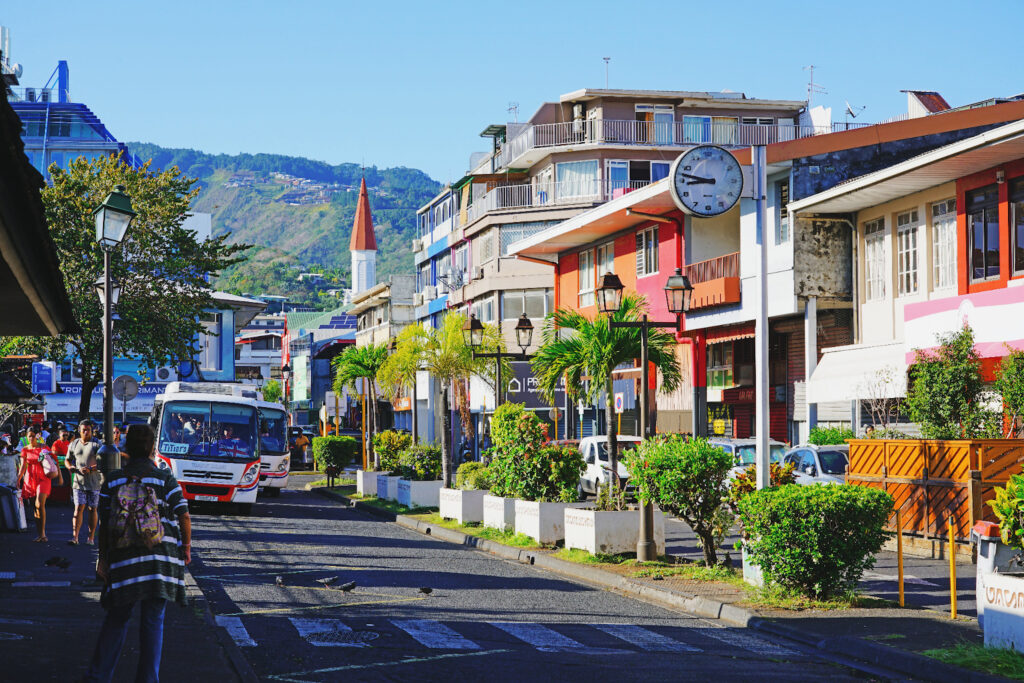
Getting Around Tahiti
One thing you should know about getting around Tahiti is that, although it is a small island, there is a lot of traffic in the more populated areas, and getting places can take a long time. There’s one road that goes around the island, and if you get stuck behind someone travelling at 40km/hr, you’ll have no choice but to do the same.
The best way to travel in Tahiti to have as little impact as possible is to take the bus. Many locals use the public transport system to travel into Papeete and around the island. Beware that buses do not always come on time, and the further you get away from the city, the less frequent the buses will be.
Luckily this method of transportation also allows me to learn patience and experience island life as many locals do.
Outside Tahiti
To get away and into the outdoors, I like to visit one of the outer islands. The ocean is my go-to place to immerse myself in nature, and French Polynesia’s lagoons are some of the most beautiful and pristine in the world.
For a day trip just beyond my island, I like to visit Mo’orea. It’s just a 30-minute ferry ride away from Tahiti, but it feels like a world away. Mo’orea still has that unspoilt island feel, great hiking, beaches, and fabulous snorkeling and diving as well.
Many people will head to Bora Bora, but locals know to go to Maupiti. Maupiti is an island that’s quite close to Bora Bora, but without the glitzy hotels and overwater bungalows. And it’s just as stunning as Bora Bora.
I really enjoy the view of Tahiti from Mt Aorai. It’s a long, arduous hike up the island’s tallest mountain, but it’s worth it for the incredible views of the island.
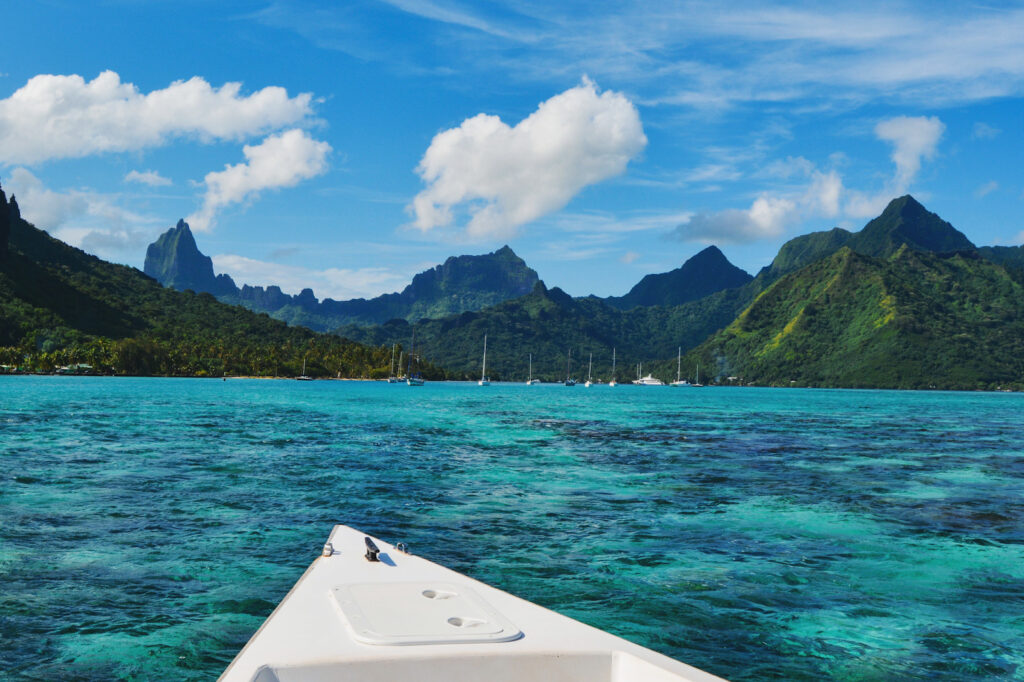
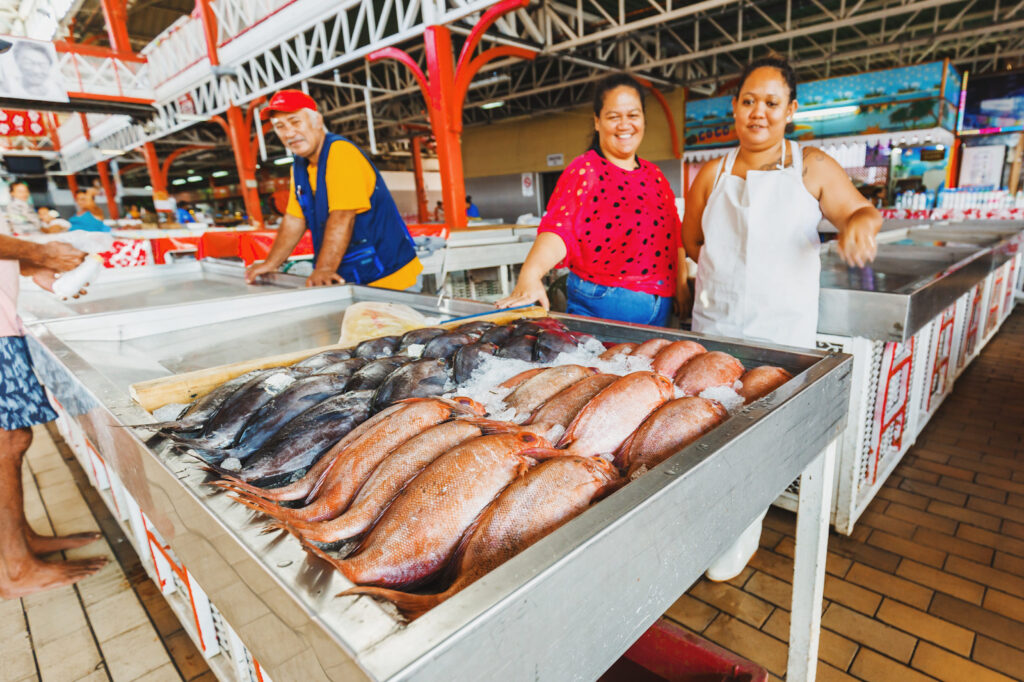
Connecting with Locals
When I want to have fun and celebrate being out in Tahiti, I go to one of the beaches like PK18 or Point Venus. On the weekends, these beaches are packed with people hanging out with friends and family, swimming, eating, and having a good time.
To hang out with my friends and go to a real insider spot, I go to food trucks outside Papeete like Fresh Fish and Chez Poe, where I eat with the locals and enjoy the casual atmosphere.
The best resource for finding out what’s going on around town (events) is to ask locals or check out the Maison de la Culture or Tahiti Tourism’s event pages.
When I want to enjoy Tahiti without spending much (or any) money, I go for a swim in the Vaima, a beautiful freshwater spring by the main road in Mataiea. Or I head to the Harrison Smith Botanical Gardens and stroll around a tropical garden paradise.
Going to a bringue or local-style party is my first choice for music because it’s like a big family singalong where everyone joins in. And when I feel like dancing, I go to X-bar in Papeete for the best local DJs.
Finding Solitude in Tahiti
When I want to go somewhere to sit and meditate about Tahiti, I go to places like Mt Marau because I’m likely to be alone there — not many people go hiking in the mountains.
If I chose the one place that makes me most proud of Tahiti, it would have to be Place To’ata, a performance venue, during the Heiva because I can feel the mana (spirit) of all the traditional dancers and performers here and the immense pride they have in their culture.
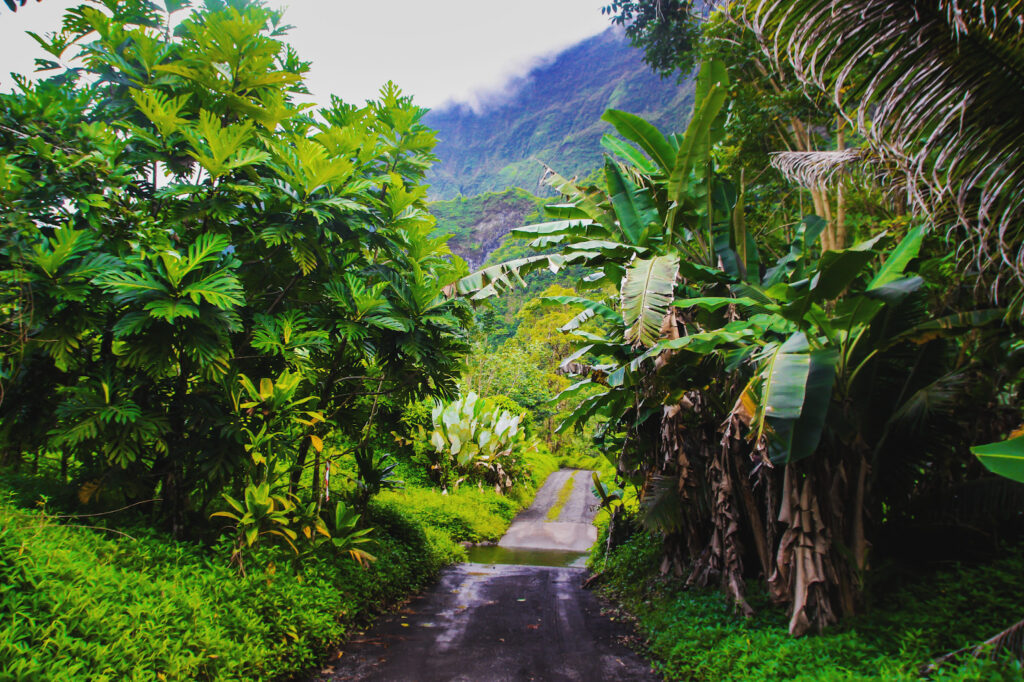
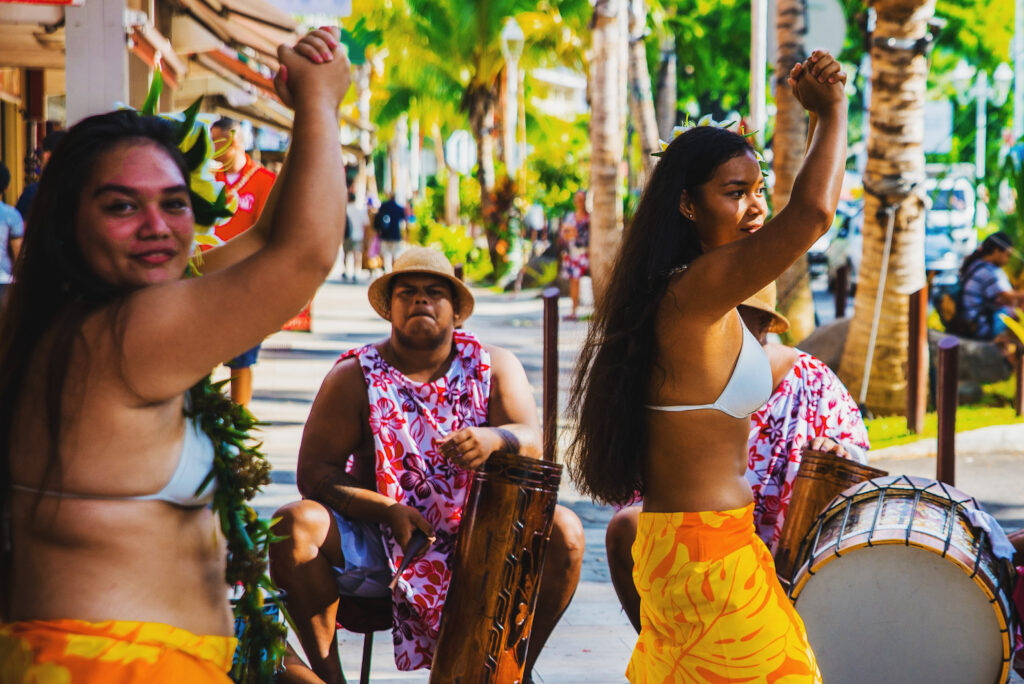
When the Seasons Change, Tahiti Shines
The dry season (between May and October) is the best time to visit Tahiti. Temperatures generally hover between 21-27 degrees Celsius, and there is generally pleasant, sunny weather.
I always recommend that visitors check out the Heiva festival in the dry season (July) because it’s a once-in-a-lifetime chance to experience authentic Polynesian culture at its best.
The wet season (between November and April) here is magical when you see it from the Tahitian perspective. In Tahitian, the wet season is known as Matari’i i ni’a or “the season of abundance.” This is traditionally a season of rejoicing and giving thanks for all the extra fruit, vegetables, and fish that nature provides during this time. It’s a great time to experience the island during the off-season and see the island in all its verdant loveliness.

